Exploring the Timeless Elegance of European Furniture: A Journey Through History and Craftsmanship
European furniture has long been synonymous with timeless elegance, showcasing a rich tapestry of history and craftsmanship that transcends generations. As reported by the International Furniture Fair, the European furniture market was valued at approximately €97 billion in 2022, highlighting its significance in the global industry. Renowned for its exquisite design and quality, European furniture not only reflects artistic trends but also embodies cultural heritage, with styles evolving from the opulent baroque to minimalist modernism.
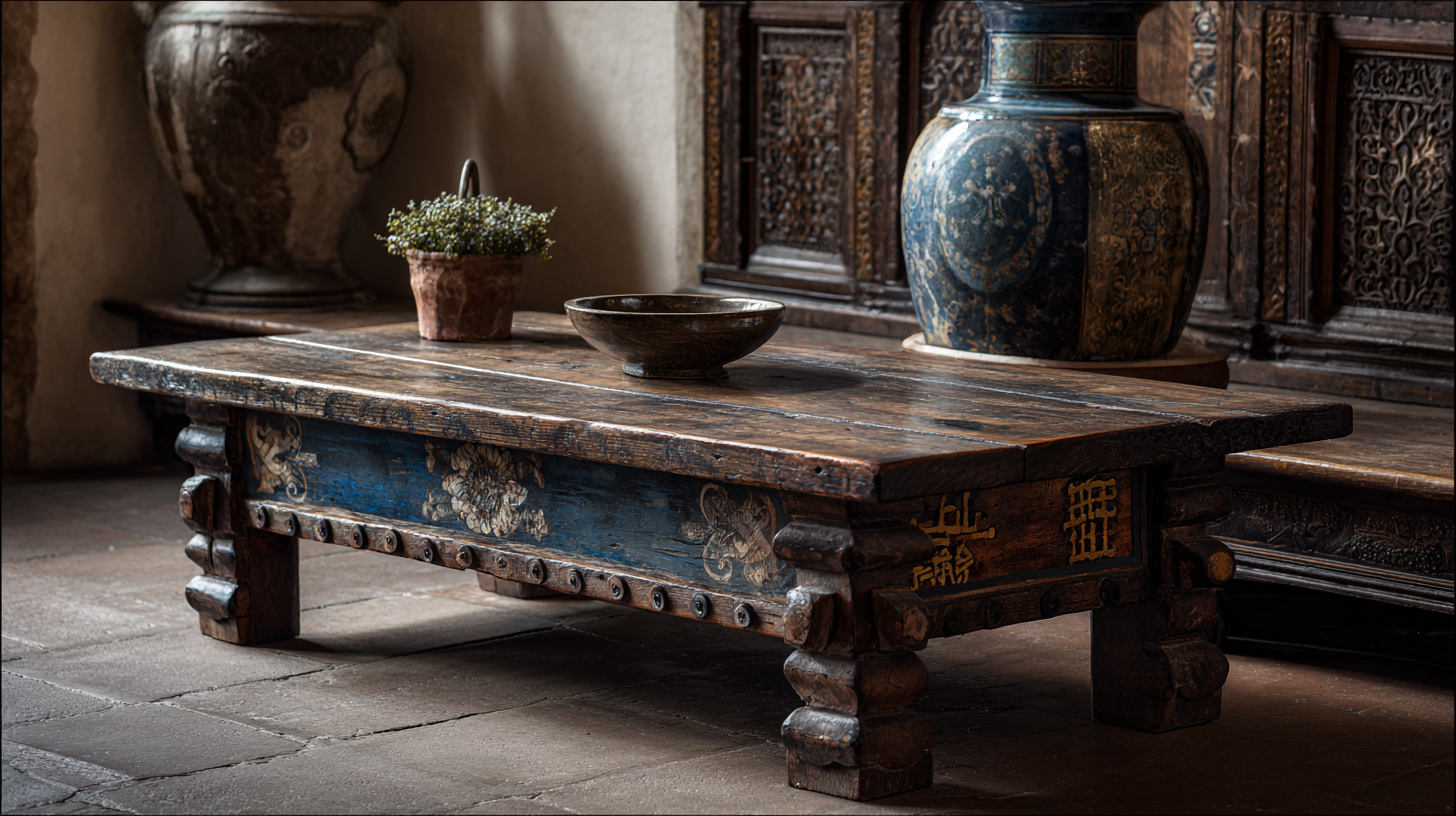
Additionally, a study by Market Research Future predicts a compound annual growth rate (CAGR) of 5% for the European furniture market through 2027, emphasizing growing consumer interest in artisanal and bespoke pieces. This article embarks on a journey through the history and craftsmanship that have shaped the allure of European furniture, providing insight into the factors that continue to drive its timeless appeal in contemporary interiors.
The Historical Significance of European Furniture Design
European furniture design has a rich historical significance that reflects the cultural, social, and artistic evolutions of the continent. From the ornate styles of the Baroque period to the minimalist aesthetics of modern Scandinavian design, each era presents unique craftsmanship and innovation. According to a 2021 report by the Furniture Industry Association, Europe accounts for approximately 32% of the global furniture market, underscoring its pivotal role in shaping design standards worldwide.
The intricate details and materials used in European furniture often symbolize the values and societal changes of their times. For instance, the Gothic revival in the 19th century saw a resurgence of medieval influences, emphasizing craftsmanship and durability. Data from the European Institute of Design indicates that 78% of consumers believe that the quality of materials is crucial when selecting furniture, illustrating the enduring appeal of well-crafted pieces. This historical context reveals not only the aesthetic trends but also the underlying philosophies that have guided furniture design through the centuries, making it a vital aspect of European art and heritage.
Exploring the Timeless Elegance of European Furniture Design
This chart illustrates the evolution of various styles in European furniture design from the Renaissance to the Modern era. The heights of the bars represent the popularity of each style, measured through auction prices and market interest over the last decade.
The Artistic Influences Behind Iconic European Styles
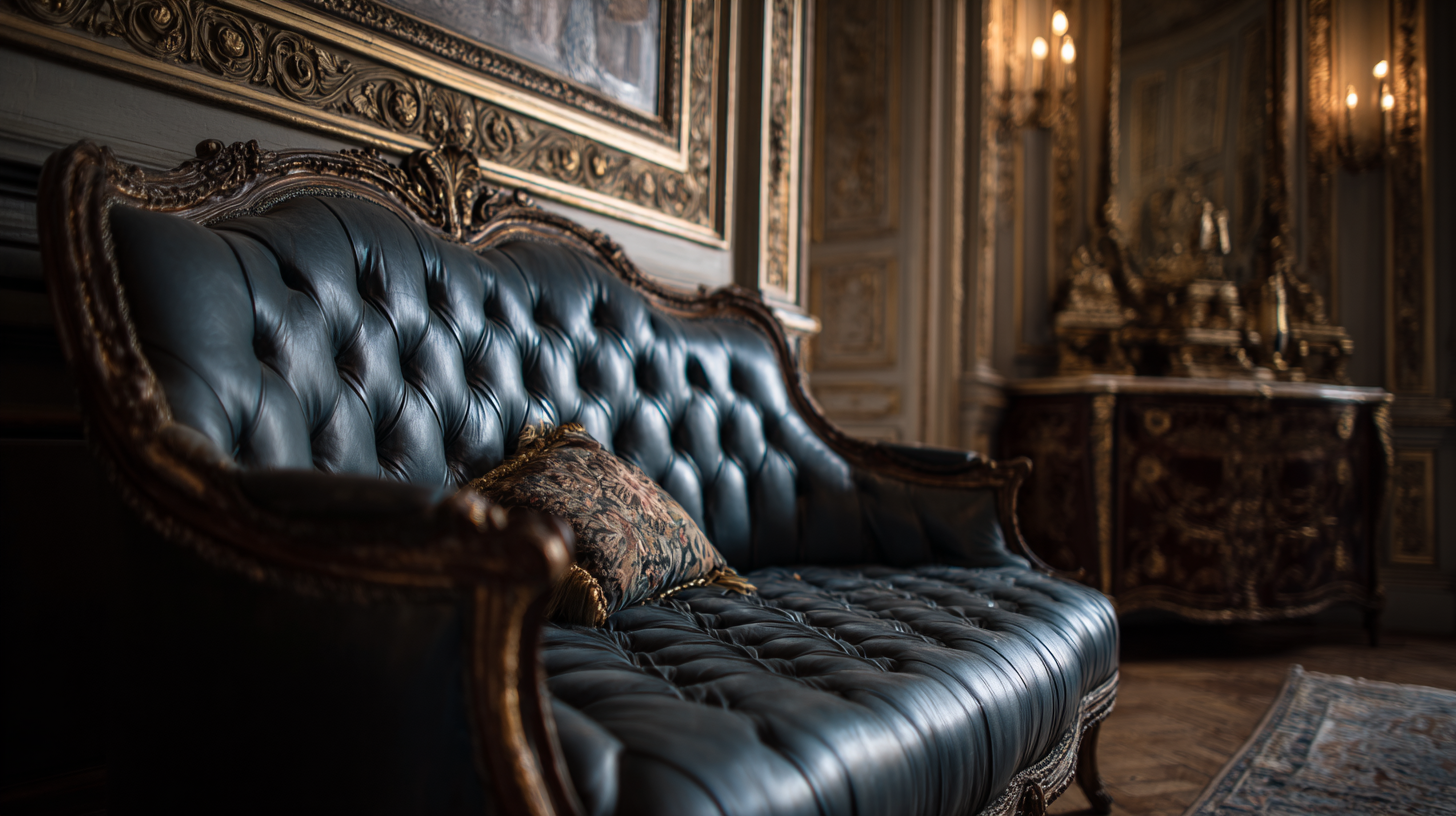 The artistic influences behind iconic European furniture styles can be traced back to a rich tapestry of cultural movements, craftsmanship, and innovation. From the opulence of Baroque and Rococo to the sleek lines of Modernism, each era has left its mark, shaped by the sociopolitical landscapes of the time. According to a report by the International Furniture Fair, European furniture sales reached over €23 billion in 2022, with historical styles still dominating the market due to their timeless appeal and craftsmanship.
The artistic influences behind iconic European furniture styles can be traced back to a rich tapestry of cultural movements, craftsmanship, and innovation. From the opulence of Baroque and Rococo to the sleek lines of Modernism, each era has left its mark, shaped by the sociopolitical landscapes of the time. According to a report by the International Furniture Fair, European furniture sales reached over €23 billion in 2022, with historical styles still dominating the market due to their timeless appeal and craftsmanship.
When exploring these styles, it’s essential to understand the underlying artistic principles. The Renaissance, for instance, emphasized symmetry and proportion, leading to the creation of elegant pieces that merged art and functionality. In contrast, Art Nouveau embraced organic forms and intricate designs, reflecting a deeper connection with nature. These movements not only influenced furniture design but also inspired architects and artists across Europe.
Tips: When selecting European furniture, consider the historical context of the piece. Authenticity can significantly enhance the aesthetic and value of your collection. Additionally, maintaining the original craftsmanship through proper care can ensure longevity and beauty for generations. Remember to appreciate the art behind each piece, as they are not just functional items but significant reflections of their time.
Craftsmanship Techniques: A Blend of Art and Functionality
European furniture craftsmanship is a remarkable blend of art and functionality, rooted in centuries of history and tradition. The techniques employed by artisans have evolved, often combining intricate design with practical use. According to the "European Furniture and Home Decor Market Report 2023," the demand for handcrafted furniture has surged by over 30% in the past five years, signifying a renewed appreciation for quality and durability in an age of mass production.
Traditional methods such as dovetail joints, mortise and tenon, and hand-carving not only enhance the aesthetic appeal but also ensure the longevity of the pieces. For instance, the meticulous hand-finishing techniques utilized in Italian craftsmanship, which often feature natural oils and waxes, prolong the lifespan of wooden surfaces, making them not only beautiful but functional. Reports indicate that consumers are increasingly drawn to sustainable practices, with 45% preferring furniture made from responsibly sourced materials, further solidifying the connection between craftsmanship and environmental consciousness in contemporary design.
Additionally, the integration of modern technology with traditional methods has given rise to innovative approaches, such as CNC machining paired with hand-finished detailing. This fusion allows for precision while retaining the personalized touch that is synonymous with European furniture. As the industry adapts to changing consumer preferences, the marriage of art and functionality continues to define the essence of European craftsmanship, showcasing its timeless elegance.
The Evolution of Furniture Materials Across Centuries
The evolution of furniture materials throughout history reflects the cultural shifts and technological advancements of each era. From the sturdy wooden constructions of the Middle Ages to the refined designs of the Renaissance, materials have been pivotal in defining style and functionality. Data from the International Furniture Fair reports indicate that 70% of current furniture production heavily utilizes sustainable wood sources, showcasing a conscious shift towards eco-friendly practices while maintaining the aesthetic integrity of traditional designs.

As we delve deeper into the 19th and 20th centuries, the introduction of metals and plastics transformed furniture design, allowing for greater versatility and innovation. Reports by the Furniture Industry Research Association indicate that today, the use of composite materials has surged, accounting for over 30% of new furniture products. This shift not only enhances durability but also provides designers with the flexibility to create more intricate and imaginative forms.
Tip: When selecting furniture that embodies timeless elegance, consider pieces made with a mix of traditional and modern materials. This approach ensures durability while allowing for versatility in design. Always check for certifications of sustainable materials, as these influence both the environmental impact and the longevity of your furniture.
Preserving Heritage: Modern Interpretations of Classic Designs
The elegance of European furniture transcends mere aesthetics; it’s a testament to centuries of craftsmanship and culture. Modern designers are increasingly turning to these classic designs, offering fresh interpretations that honor traditional techniques while incorporating contemporary sensibilities. This fusion creates pieces that not only serve a purpose but also tell a story, seamlessly blending the old with the new.
When considering incorporating European furniture styles into your home, keep these tips in mind: First, choose a statement piece that reflects the rich history of European craftsmanship, such as a Louis XVI armchair or an Italian Renaissance table. Second, mix and match different styles—pair modern elements with an antique chest or a vintage credenza to create a dynamic and personalized space. Lastly, pay attention to the fabrics and finishes, opting for luxurious materials that echo the quality of the past, ensuring that your furnishings are both stylish and durable.
By embracing modern interpretations of classic designs, we not only preserve heritage but also enhance our living spaces with a touch of timeless elegance. These thoughtful approaches encourage a deeper appreciation for the artistry behind European furniture, allowing us to celebrate its history while making it relevant in today’s interiors.
Related Posts
-

2025 Market Insights: How to Choose the Best Modern Apartment Furniture for Optimal Living
-
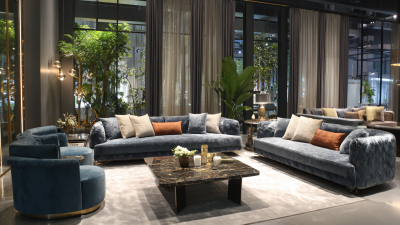
Transforming Spaces with Modern Contemporary Furniture Insights from the 138th Canton Fair 2025
-
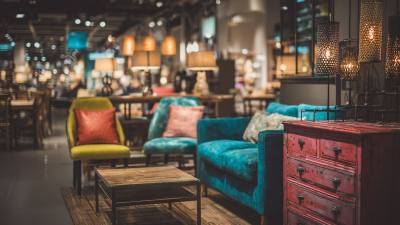
Future Trends in Best House Furniture Market Analysis for 2025 Global Buyers
-
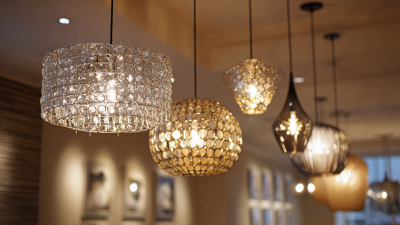
How to Choose the Best Lighting Fixtures for Your Home Makeover
-

Understanding Industry Production Standards: How to Choose the Best Interior Design Furniture
-

Ultimate Guide to Choosing Modern House Furniture for Every Room

